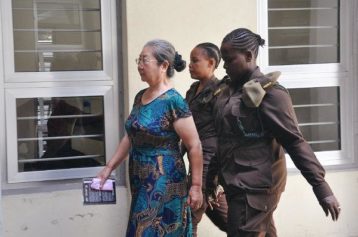
But recent years have brought unimaginable growth and change to Dar es Salaam. In terms of annual population growth, it’s on pace to be Africa’s fastest growing urban center. Its total population—currently about 4.1 million people—is expected to expand by more than 85 percent through 2025, according to the African Development Bank, and could reach 21.4 million people by 2052. It’s likely to achieve “megacity” status—10 million residents or more—by the early 2030s.
To put that expansion in context: New York City added roughly 4 million residents over the past 100 years. Dar es Salaam will add 21 million over a similar span.
Although huge, this staggering growth is not a complete surprise. CityLab has written about sub-Saharan Africa’s other mushrooming cities. Tanzania is already one of Africa’s most populated nations. By 2020, according to the U.N., Africa will become the most rapidly urbanizing region of the world. Dar es Salaam is at the epicenter of a perfect storm of demographic change: A cosmopolitan city in a population-rich country amid unprecedented regional urbanization.
In other ways, the rise of Dar es Salaam is remarkable. For decades, urban development was actively discouraged by the state. City life, and its perceived individualism, was viewed with contempt by many of the country’s socialist ideologues.
During the two-decade rule of Tanzania’s first president, Julius Nyerere, Tanzanians were encouraged—or forcibly sent, in extreme cases—to live and work in rural villages. Under the title ujamaa, meaning “socialism” in Swahili, the nationwide farming program became Nyerere’s most ambitious social program (it was structured partially after policies in Maoist China). Still, Tanzanians continued to arrive in Dar es Salaam seeking a more prosperous future. This prompted the government to go even further to quash rural-to-urban migration.
Read more at City Lab

